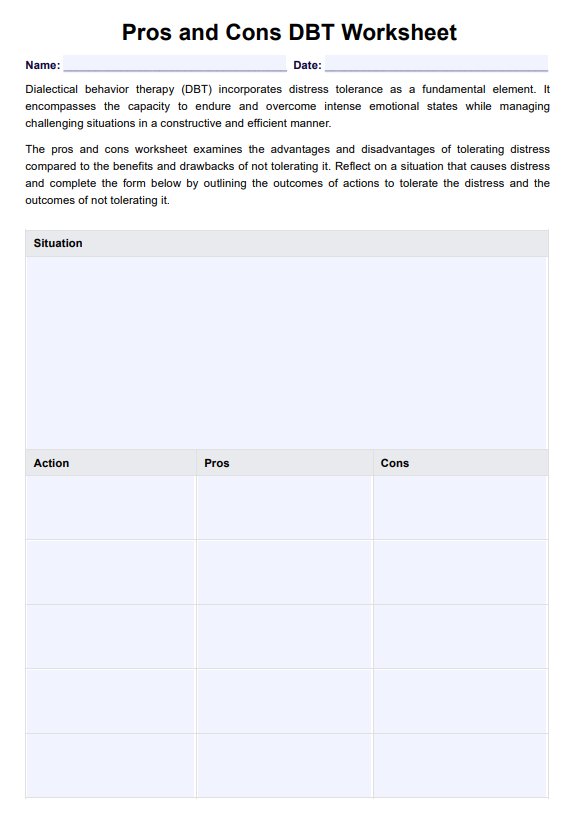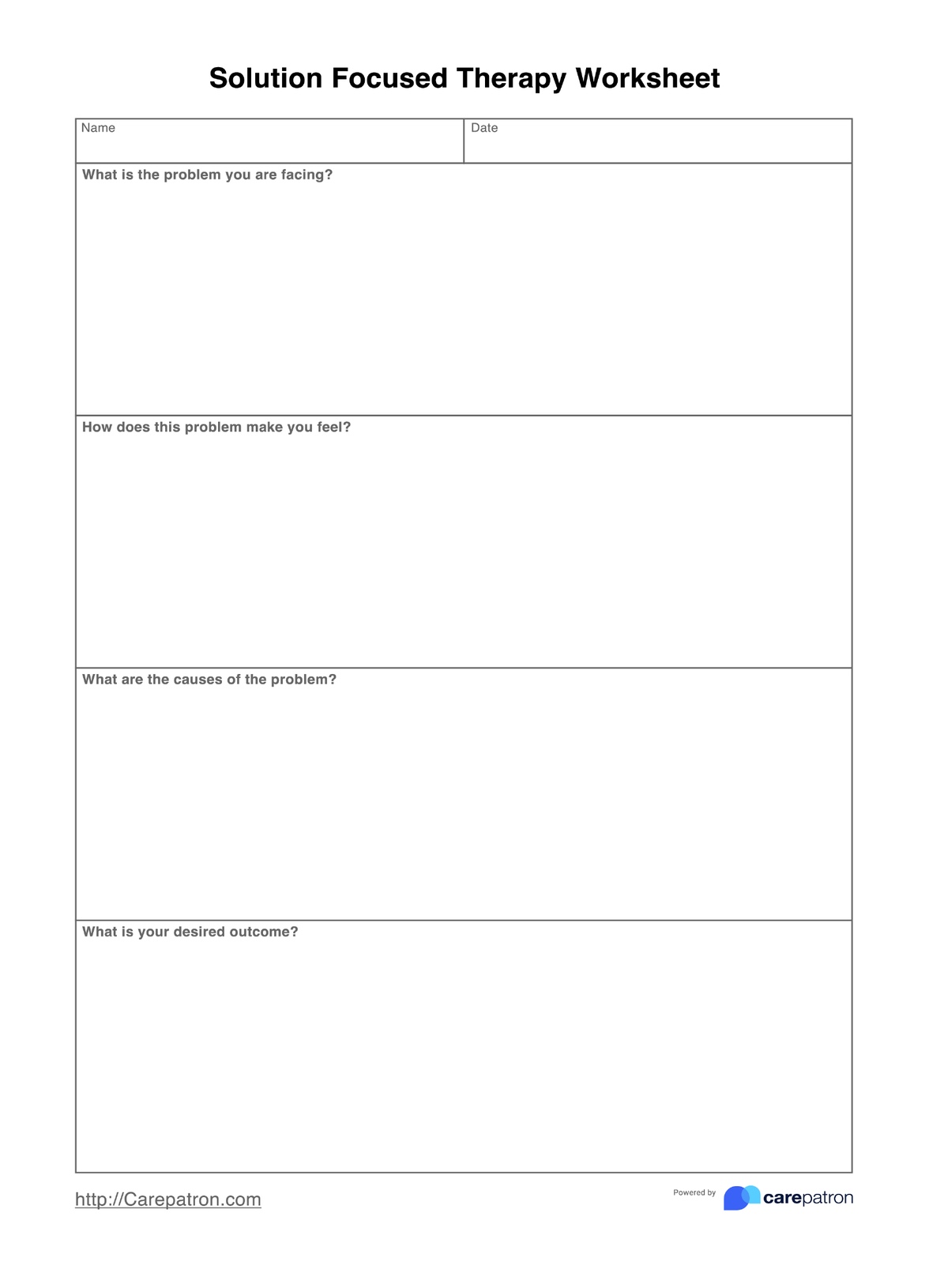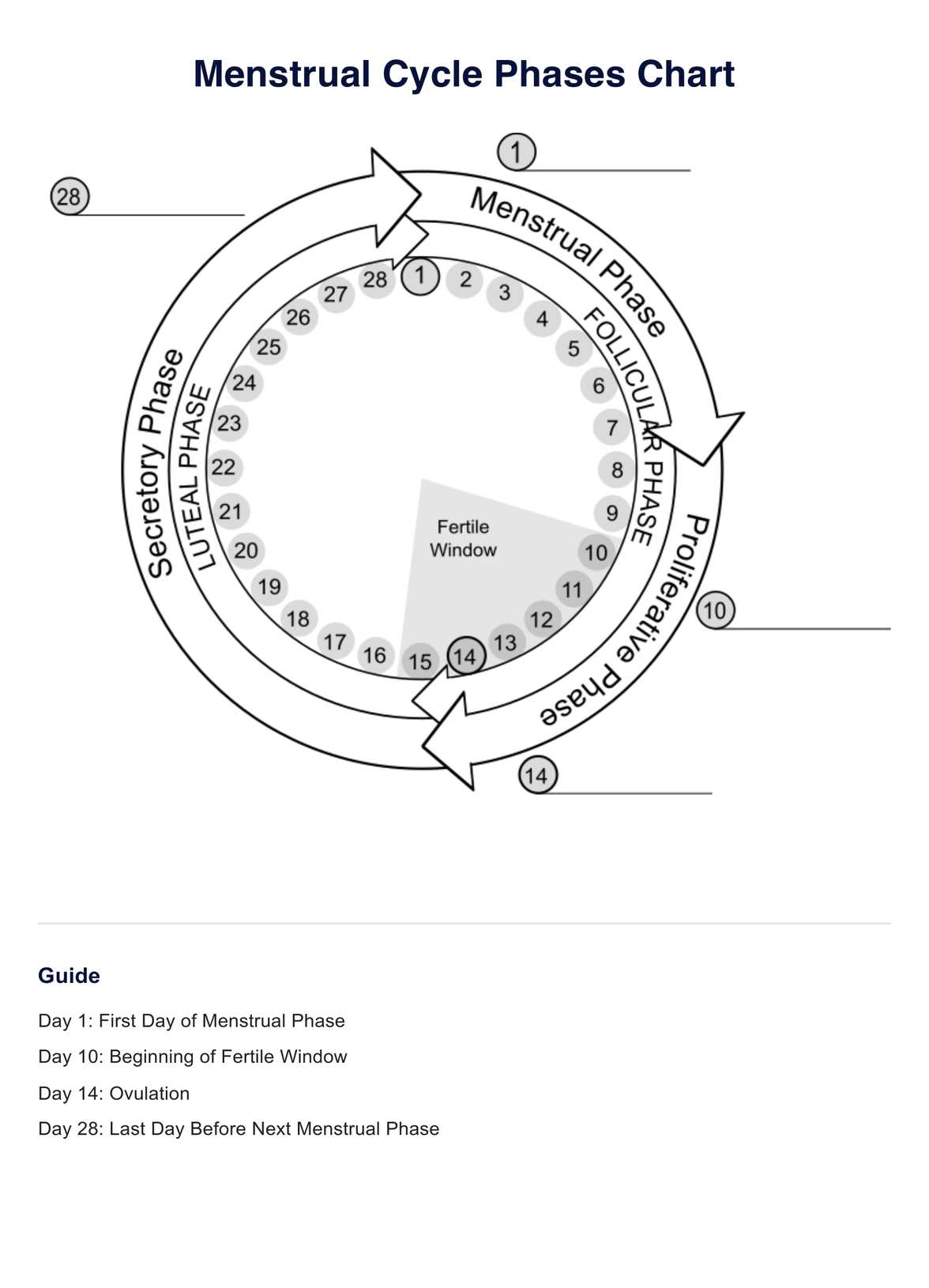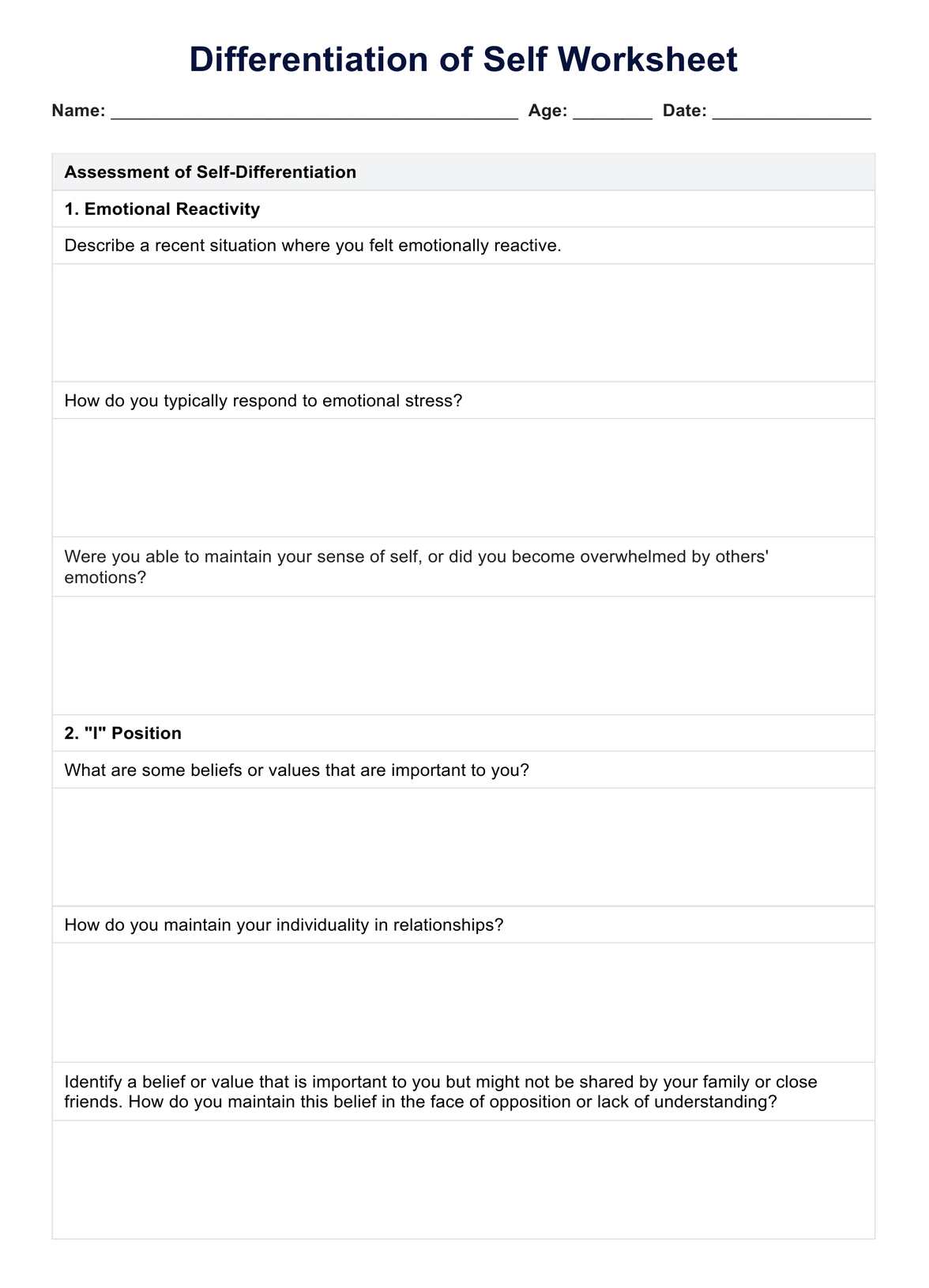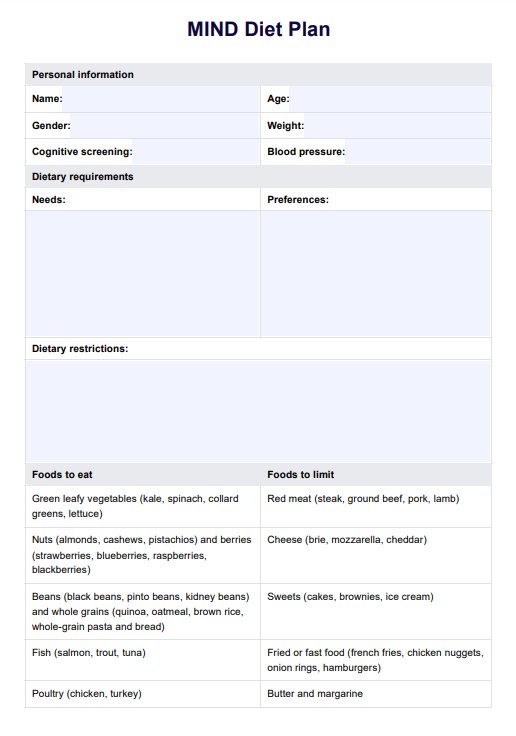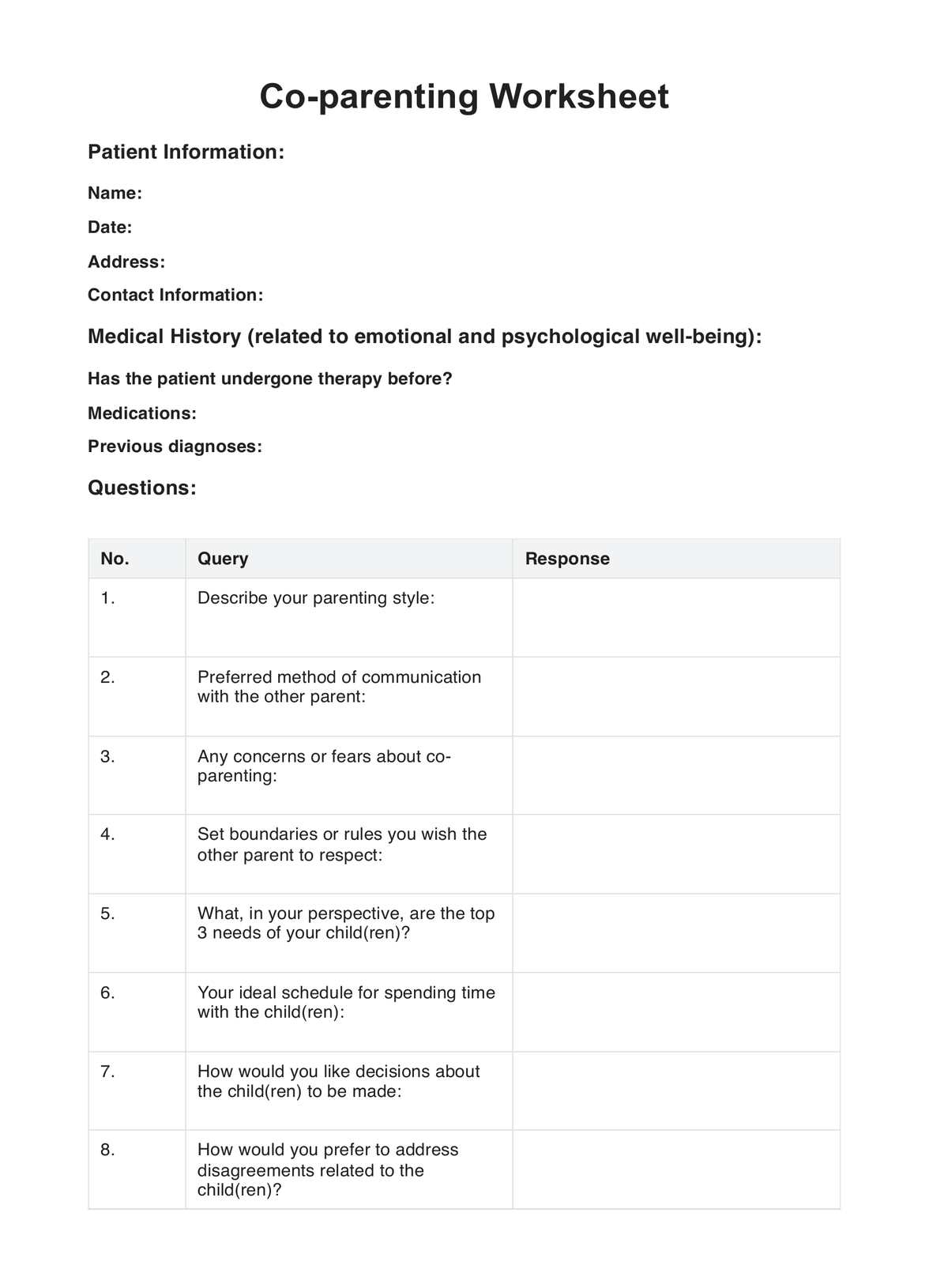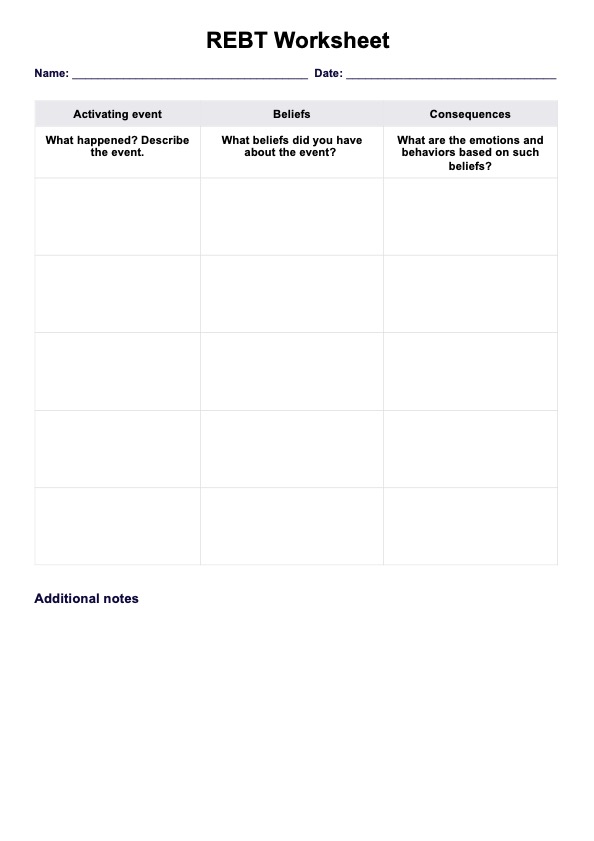Anxiety Journal
Provide clients with a helpful Anxiety Journal Template to help them with anxiety journaling and processing their experiences.


What is an Anxiety Journal Template?
An Anxiety Journal Template is a structured tool designed to help individuals manage anxiety and ground themselves in the present moment. This template serves as a practical guide for stress management, using journal prompts to navigate anxious thoughts and physical sensations.
The Anxiety Journal Template provides an opportunity to relieve stress, lessen feelings of overwhelm, and reduce anxiety through the power of journaling. This template includes journal prompts, making it an ideal starting point for clients new to journaling or expressive writing.
The journaling experience is enriched with sections to ground themselves in their experience and spaces to reflect on their overwhelming emotions and thoughts. Through this, clients can also track their symptoms, the coping mechanisms they use, and what they find works best for them.
Anxiety Journal Template
Anxiety Journal Example
How does this Anxiety Journal Template work?
Using Carepatron's printable Anxiety Journal Template is straightforward. The following steps outline how to effectively introduce and use this tool in your clinical practice.
Step 1: Introduce the template to your client
First, download a copy of the template in this guide. You can then print it or let clients work on it digitally. Then, begin by reviewing the Anxiety Journal Template with clients during their sessions and explaining each section's purpose and importance. A crucial component is teaching clients how to identify and document physical symptoms, as this creates a clearer understanding of their mind-body connection, especially when they feel anxious.
Step 2: Guided practice and customization
Dedicate time to completing one full journal entry together during the session; this can help them learn how to do the journal on their own when experiencing anxiety. This is also the opportunity to customize the coping strategies section based on the client's preferences, capabilities, and previous experiences with anxiety management. Adjust the text field sizes to accommodate the client's writing style and typical response length if needed. This can be customized within the Carepatron platform.
Step 3: Set guidelines for journaling practice with clients
Establish a clear and consistent journaling schedule that aligns with the client's daily routine and anxiety patterns. Work together to set realistic frequency goals, typically one or more daily entries, depending on symptom severity and client capacity.
Step 4: Monitor progress and make adjustments
Schedule regular review sessions to analyze the completed journal entries, looking for patterns in anxiety triggers, physical symptom clusters, and the effectiveness of various coping strategies. Use these insights to inform treatment adjustments and modify the template sections based on emerging client needs.
When would you use this anxiety journal PDF?
The Anxiety Journal Template is a flexible resource designed for mental health professionals and other practitioners seeking an organized anxiety management approach. Here's when this useful template comes in handy:
Managing mental health and anxiety disorders
The template is particularly effective when clients are experiencing heightened symptoms of anxiety or when mental illness requires active monitoring. Regular journaling helps individuals track symptom progression and identify early warning signs of panic attacks.
Supporting clinical assessment
Mental health professionals can use this template to collect detailed information about their clients' experiences between sessions. The structured format helps gain insight into recurring thought patterns and triggers, enabling more targeted therapeutic interventions. This systematic documentation particularly benefits treatment planning and progress evaluation.
Enhancing mental health education
When clients are learning to recognize and understand their anxiety symptoms, this template provides a framework to begin journaling in a structured way. Including helpful prompts ensures that individuals can articulate their experiences even when feeling overwhelmed, reducing the likelihood of avoiding documentation during difficult moments.
Addressing negative thoughts and emotional patterns
Implementation is especially beneficial when clients exhibit persistent worry or catastrophic thinking. The template's format encourages ways to manage stress and explore precisely what triggers anxiety while promoting balanced thinking through reflection and practicing gratitude exercises. Additionally, tracking physical health benefits helps reinforce the connection between physical and emotional well-being.
Benefits of using this Anxiety Journal Template
Using our free journal for anxiety template can offer the following benefits:
Enhanced self-awareness and symptom recognition
Regular use of the template helps individuals identify subtle anxiety symptoms before they escalate. The systematic tracking of physical sensations, thoughts, and triggers creates a clear picture of personal anxiety patterns.
Improved treatment planning and evaluation
The structured format provides quantifiable data about anxiety levels, symptom frequency, and coping strategy effectiveness. This documentation enables more precise treatment adjustments and creates a reliable method for tracking progress over time.
Development of effective coping mechanisms
Through regular documentation of coping strategies and their effectiveness, individuals can identify which techniques work best for their specific anxiety presentations. The template's rating system for coping strategies provides concrete evidence of what helps, leading to more confident and successful anxiety management.
Better communication with healthcare providers
The detailed documentation facilitates more productive clinical discussions as clients can provide specific examples and patterns rather than relying on memory alone.
Empowering clients through active participation
Engaging with the template puts individuals actively in their treatment process. The ability to track and understand their anxiety experience increases confidence in managing symptoms and reduces feelings of helplessness.
Commonly asked questions
The 3-3-3 rule for anxiety is a grounding technique designed to help individuals manage anxiety by focusing on the present moment. It involves identifying three things they can see, three things they hear, and three things they can touch. This exercise encourages mindfulness and helps distract from anxious thoughts, promoting a sense of calm and control.
Yes, journaling can be an effective tool for managing anxiety. Writing about thoughts and feelings allows individuals to process their emotions and gain clarity on their experiences. It can also serve as an outlet for expressing worries and frustrations, helping to reduce stress. Additionally, journaling can facilitate problem-solving and track patterns in anxiety triggers, making it easier to develop coping strategies over time.
Creating an Anxiety Journal Template involves structuring a document with carefully crafted writing prompts focusing on stress relief, self-awareness, and cognitive-behavioral principles.
Users engage with Anxiety Journal Templates by following the guided prompts to write about their thoughts, feelings, and worries, employing coping mechanisms and mindfulness exercises to enhance self-awareness and track personal progress in a structured and health-promoting way.



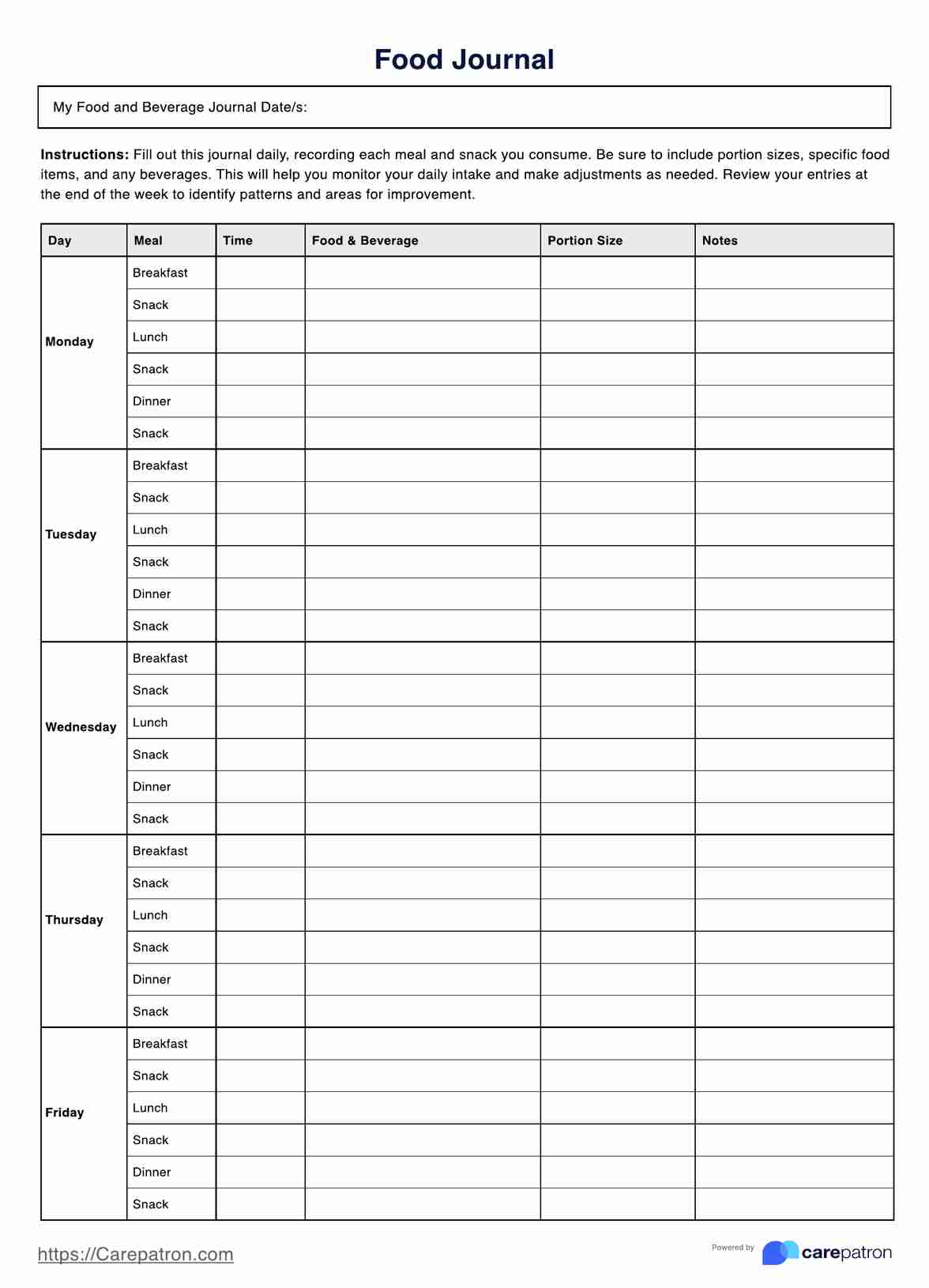
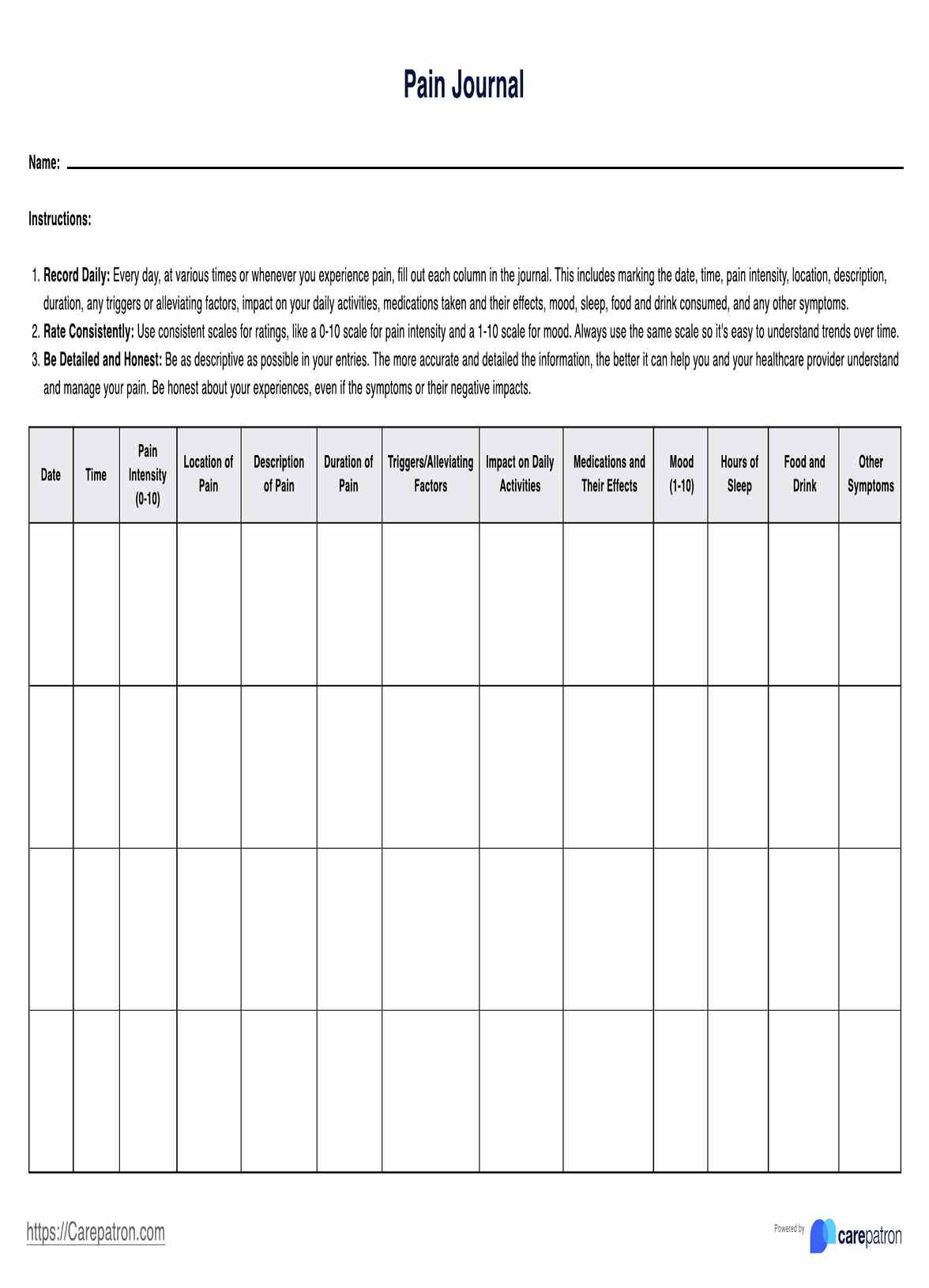
















-template.jpg)



















































































